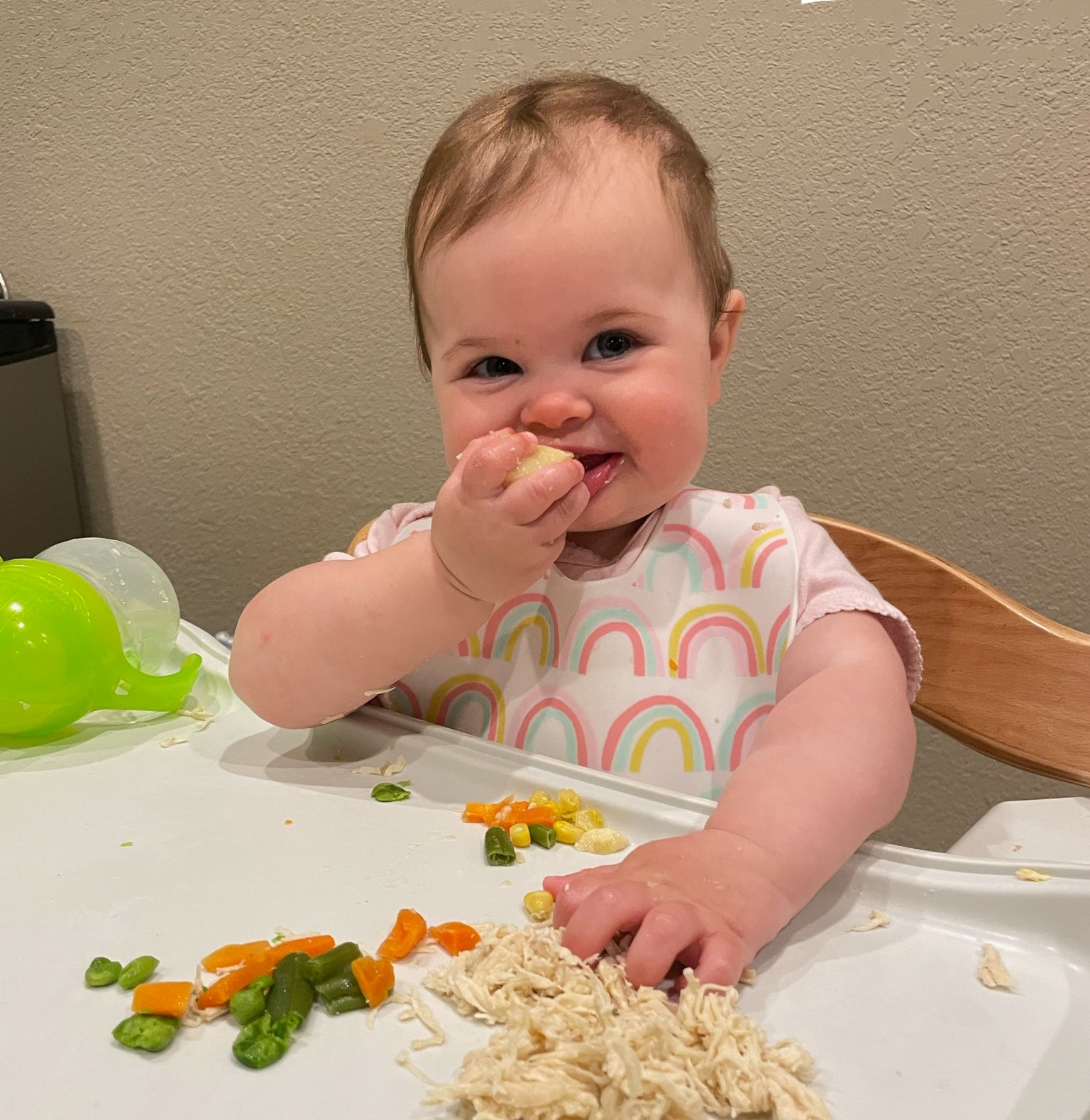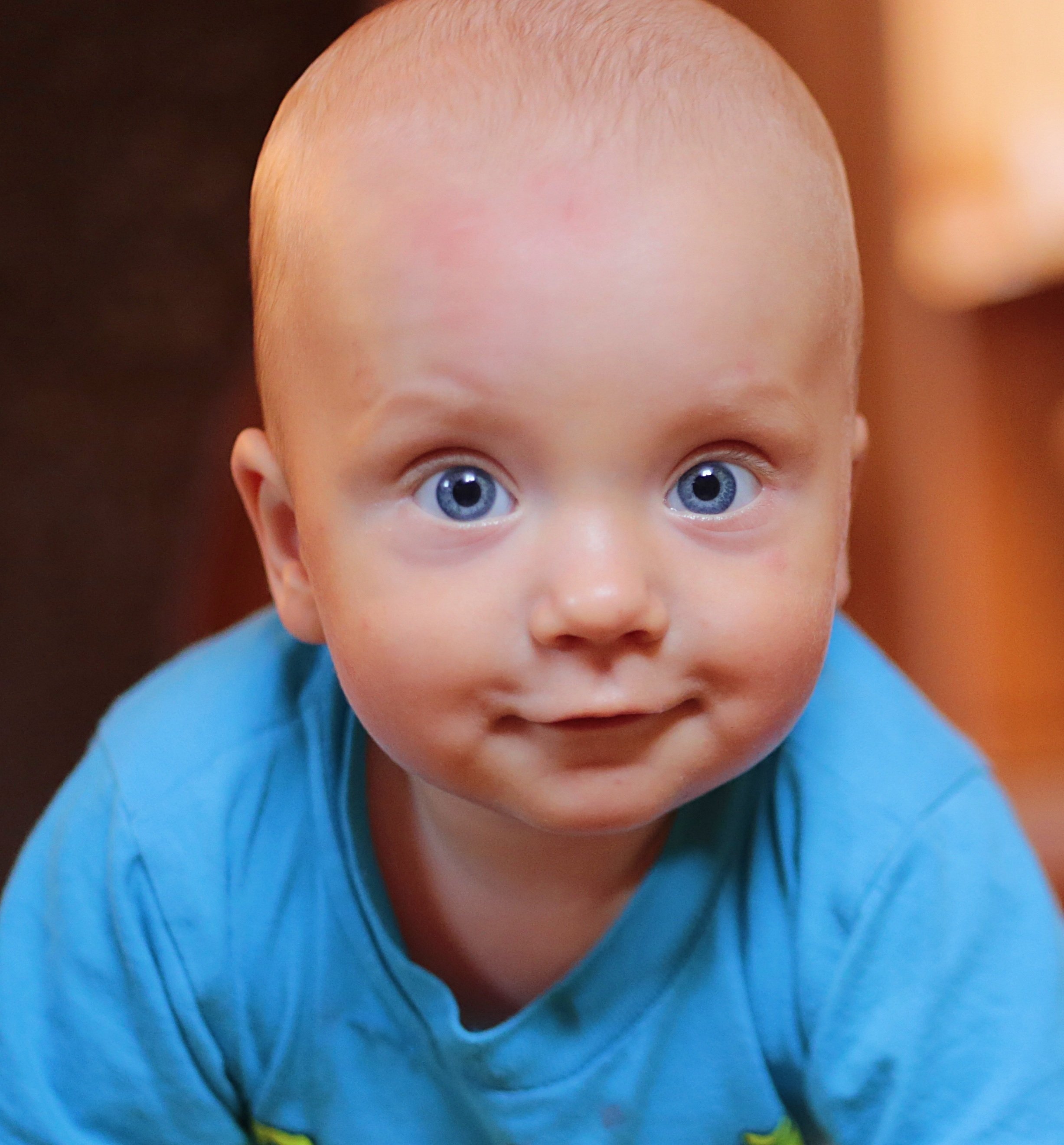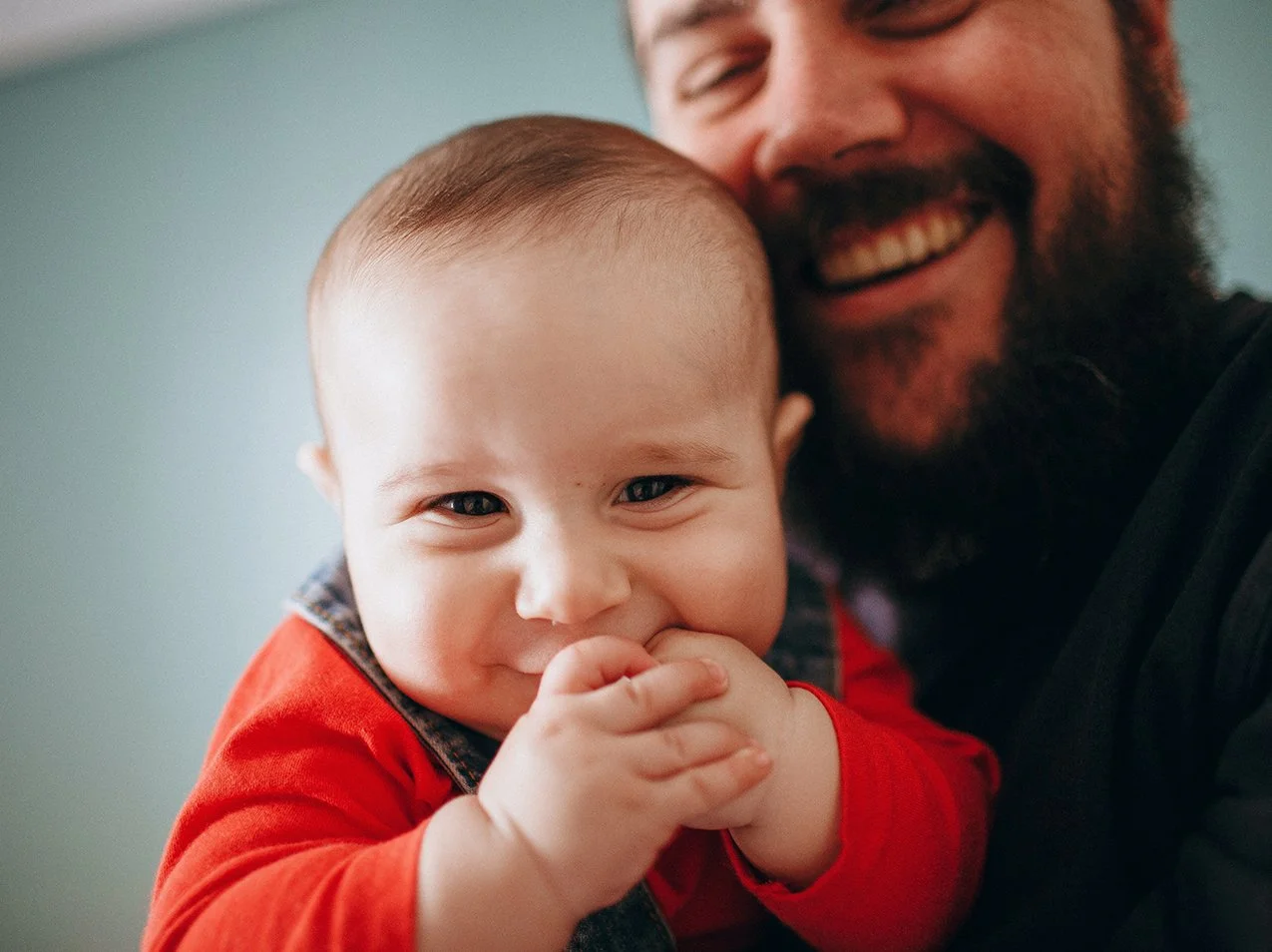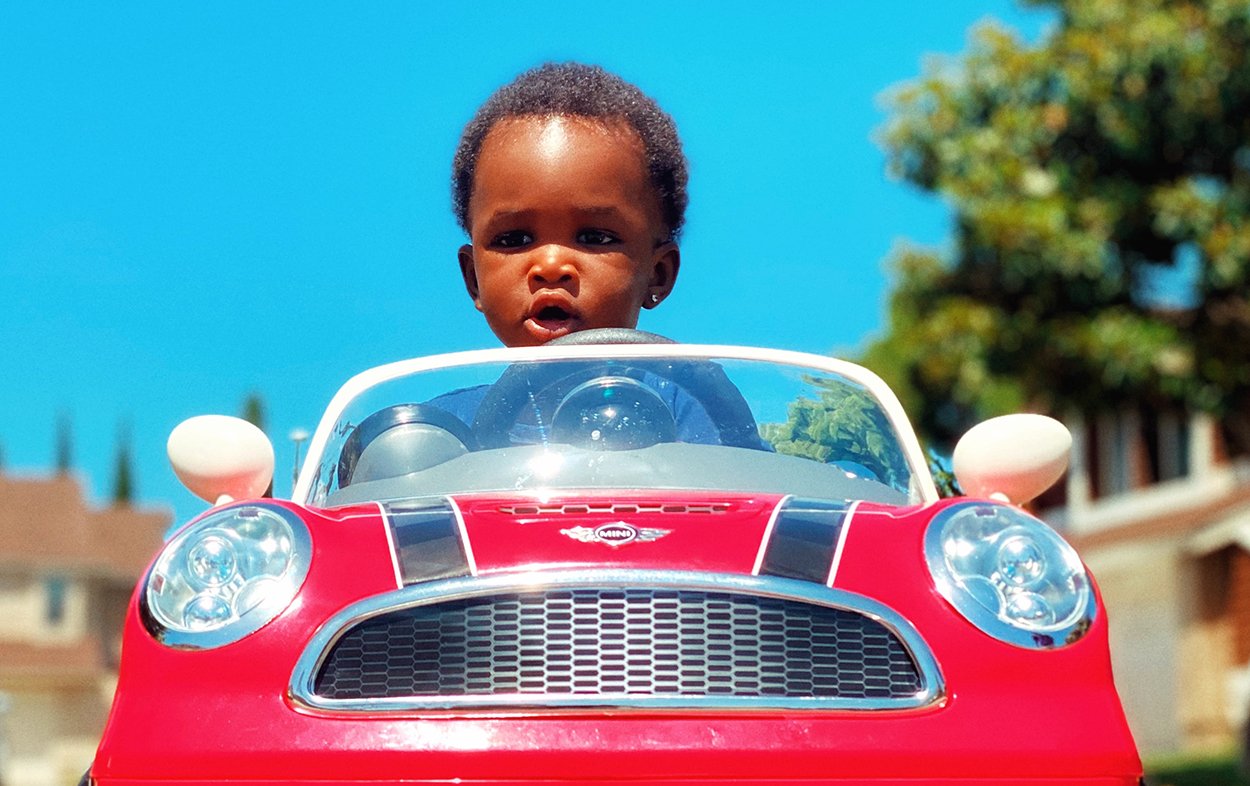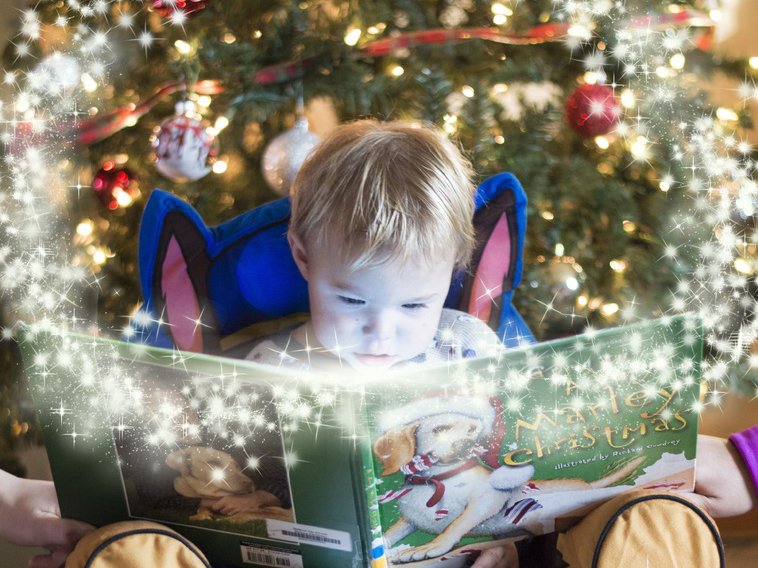by Holly Hartman
How much screen time is okay for your child? What is most important is making sure the screen content is right for your child's age and development. Here are things to consider:
Birth to Two Years:
-There's no substitute for you! Use screens together.
-Video chat with loved ones is a good use of screens for kids.
-Remember that young children need real-life experience before they can understand what they see on the screen.
-Choose apps that limit the noise and distraction while providing a slower pace that won't overly excite your child.
-Balance screen time with active play and interaction.
-Be a good role model! Put down your phone while you spend time with your child.
Three to Eight Years:
-Check the content of the sites your child asks to see or play on to make sure it is accurate and appropriate.
-Turn screens off for the hour before bedtime to help your child get good sleep.
-Make time to use screens for fun with your child, especially to read together.
-Offer tradeoffs: use screen time as an earned reward for other activities like finishing chores, going outside, or playing with siblings and friends.
-Be a good role model! Put down your phone while you spend time with your child.
Children learn best from active, hands-on experiences with trusted elders. Screen time can take away from the valuable play and social time they need. Make sure the balance of screen time and "real time" is right for your family!
